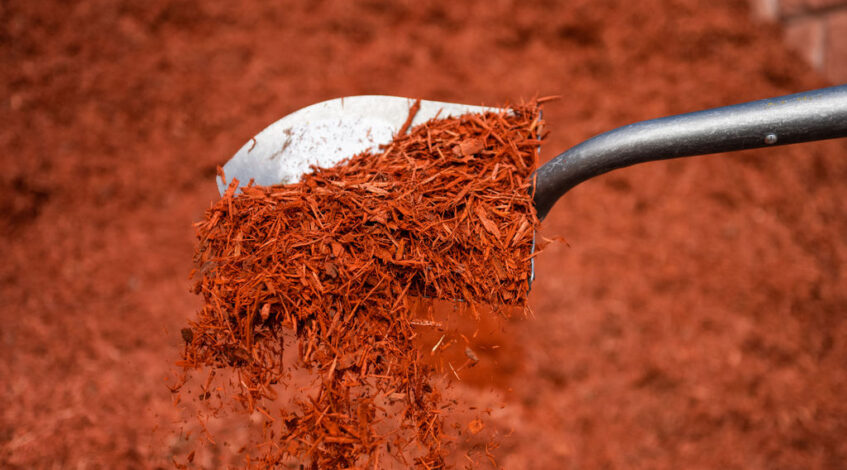Red mulch is a popular landscaping material known for its vibrant color and functional benefits, especially in construction and gardening contexts. Here are some key points about red mulch that might be useful:
-
Color and Aesthetics: Red mulch is dyed to achieve a bright, consistent red color that enhances the visual appeal of landscapes and construction sites. It contrasts well with green plants and can create a striking visual effect.
-
Material Composition: Typically made from shredded hardwood or dyed wood chips, red mulch is organic in nature. This composition allows it to decompose over time, enriching the soil with organic matter and improving its overall health.
-
Moisture Retention: One of the primary benefits of red mulch is its ability to retain moisture in the soil. This can be particularly advantageous in construction projects where newly planted vegetation needs consistent hydration to establish roots effectively.
-
Weed Suppression: Red mulch helps to suppress weed growth by blocking sunlight from reaching weed seeds germinating in the soil. This reduces the need for herbicides and manual weeding, thus lowering maintenance costs.
-
Temperature Regulation: Mulch, including red mulch, acts as an insulating layer over the soil, helping to regulate soil temperature. This can protect plant roots from extreme heat or cold, promoting healthier growth.
-
Erosion Control: In construction settings, red mulch can be used on slopes and bare soil to prevent erosion by reducing runoff and stabilizing the ground.
-
Environmental Considerations: When sourced from sustainable forestry practices and dyed with environmentally friendly pigments, red mulch can be an eco-friendly choice for landscaping and construction projects.
-
Application: Red mulch is easy to apply and maintain. It should be spread evenly over prepared soil or around plants, with a recommended depth of 2-3 inches to achieve optimal benefits.
-
Longevity: Depending on environmental conditions and maintenance practices, red mulch can last for about one to two years before needing replacement.
-
Availability: Red mulch is readily available at garden centers, nurseries, and suppliers of landscaping materials in Baltimore and beyond, making it accessible for various construction and gardening projects.
These points highlight how red mulch can be effectively used in construction projects, offering both aesthetic appeal and practical benefits for soil health and plant growth.

